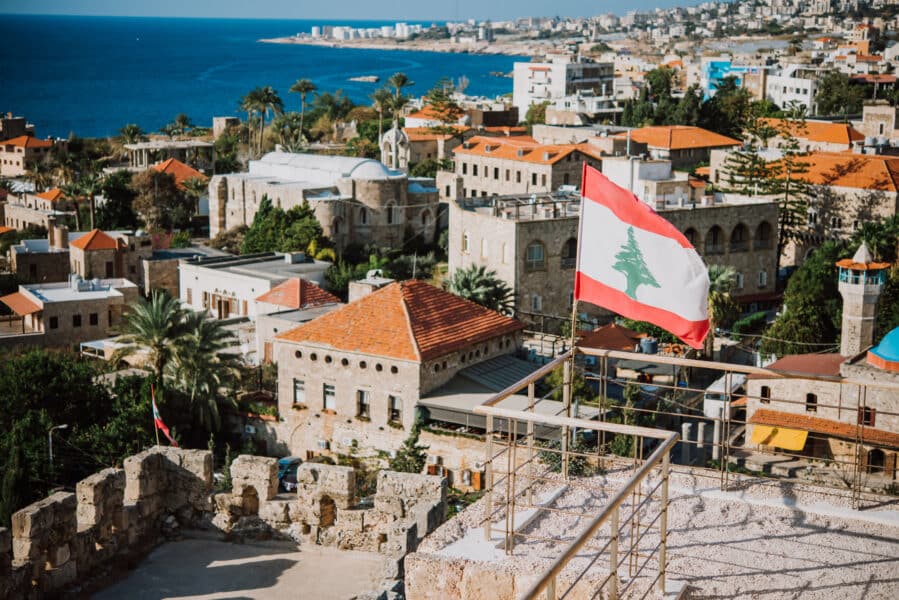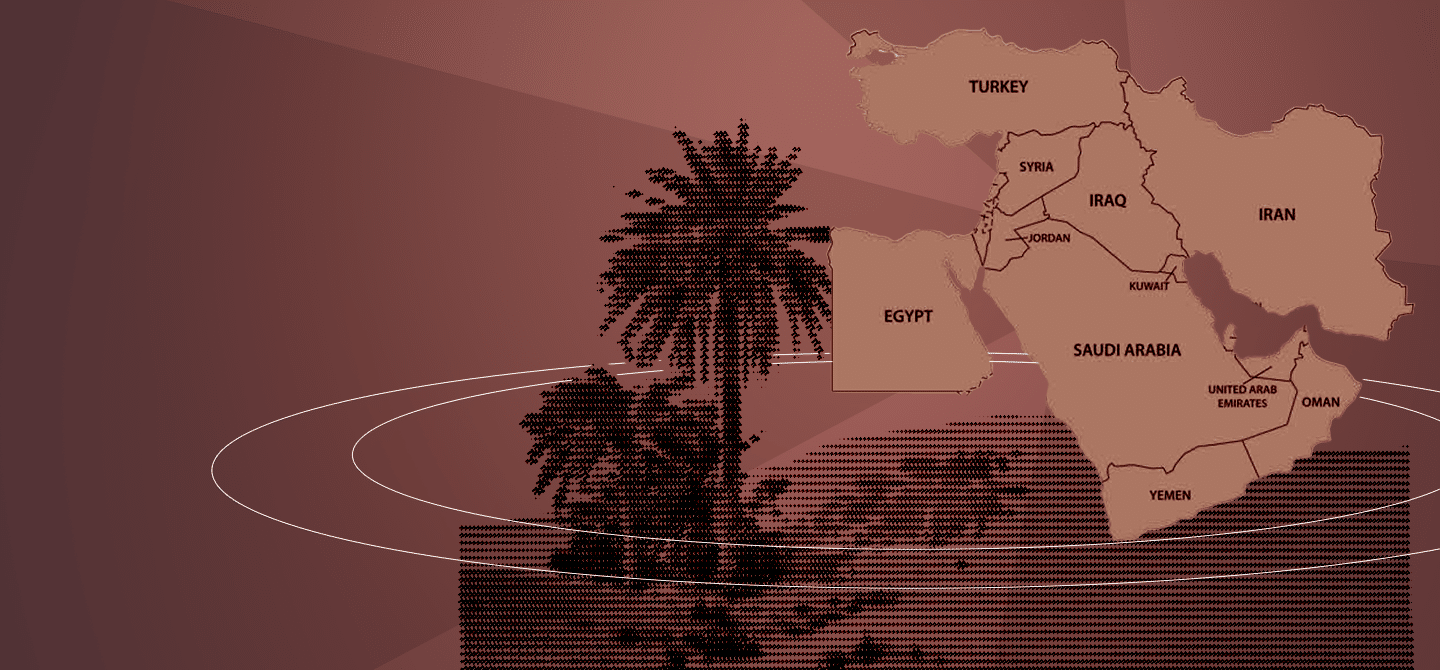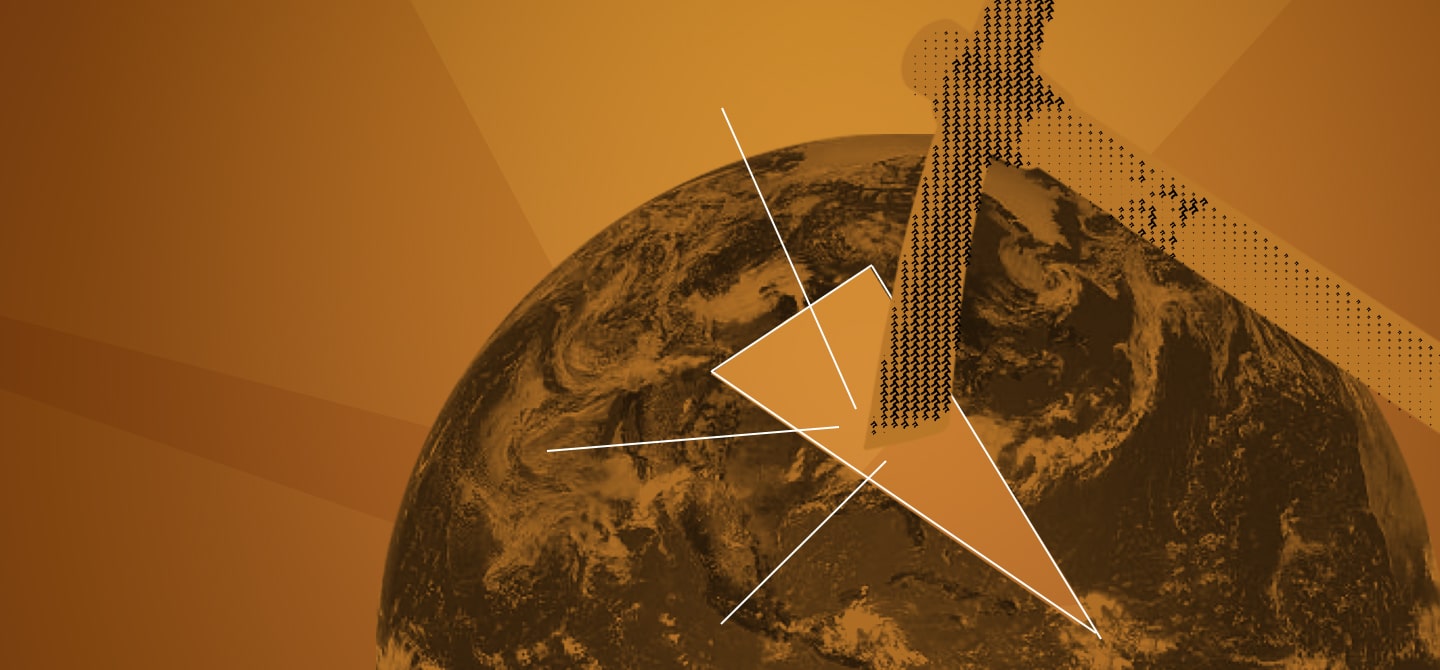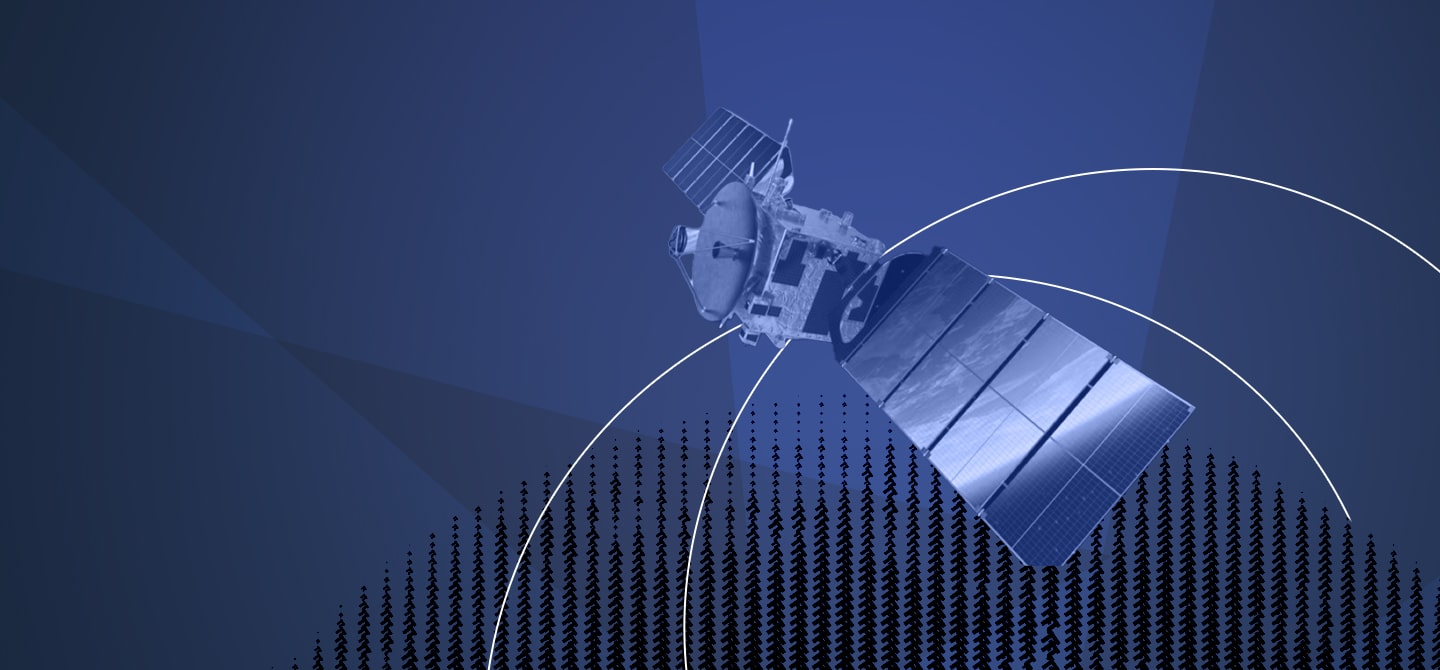After two years of political vacuum, Lebanon finally elected a new president, Joseph Aoun, in January 2025. Shortly afterwards, Nawaf Salam, former president of the International Court of Justice, was appointed head of government. Do these two appointments mark the end of a political deadlock
Aurélie Daher. That’s right, the presidency had been vacant since November 2022, when the term of another Aoun, Michel, came to an end. The President of the Republic of Lebanon is not elected by universal suffrage, but by Parliament, and in practice, MPs formalise through their votes the choices made outside the chamber by a multi-confessional oligarchy of various ideological persuasions. However, this oligarchy has been unable to agree on a candidate. For two years, the government had been in a state of limbo, unable to take new decisions in a series of contexts where the executive would have needed real room for manoeuvre.
The election of Joseph Aoun as head of state and the appointment of Nawaf Salam as head of government have put institutional action back on track. This double appointment has raised high hopes in many quarters. The most optimistic have placed a series of ambitious expectations on the two men. These include a clean-up of the country’s economic institutions, starting with the banking system, which has been held responsible for the terrible crisis that hit the country in 2019. The end of the influence of a particular political class and the delegitimisation of Hezbollah’s armed mission are also among the hopes pinned on the new team.
Since this political reset, have any battles been won?
A few initial battles with real potential for impact have been won, particularly in terms of banking sector reform. However, Lebanon remains tragically dependent on external aid for its recovery, and the delay in securing significant support in this area remains, at the end of spring 2025, a major obstacle.
The reconstruction of the parts of Lebanon affected by the Israeli war in autumn 2024 has not yet begun. The regional context is not helping, as the country still lives under the threat of the Israeli army, which systematically hinders any initiative to rehabilitate the affected areas. Through its diplomatic action, Tel Aviv is relying on the US-Saudi duo – under whose de facto tutelage Beirut has been placed since the signing of last November’s ceasefire – to block support initiatives from ‘unapproved’ governments. For example, Iran and Iraq have officially offered to cover the costs of reconstruction. But both Israel and Saudi Arabia are preventing the Lebanese government from accepting these proposals, keen to deprive the two major Shiite countries in the region – and Hezbollah by extension – of popularity gains among the Lebanese people.
The episodes of violence orchestrated by Israel are also damaging the Lebanese economy by dealing a severe blow to tourism (a key source of income) and both domestic and foreign investment.
In April 2025, a Shia MP declared that “no one should underestimate the power and popular base of the resistance and Hezbollah, which remains the largest party in terms of popular support in this country.”1 What is the reality?
This is one of the blind spots in the optimistic narrative. Many of those who are ultra-enthusiastic about the ‘new era’ presided over by the Aoun-Salam duo ignore very real sociological data, either through ignorance of the situation on the ground or because they refuse to acknowledge it. Their interpretations overlook the fact that the institutional representation of the various components of political life does not reflect their respective weight within society. We have a “consociational” system, in which seats in Parliament are allocated to communities according to quotas set in 1990, when their redefinition was criticised, even at the time, as outdated.
Thirty-five years later, the Shiite community, which has grown steadily since Lebanon’s creation in 1920, now represents more than half of society. Yet it has to content itself with 27 seats out of a total of 128, or 20% of the legislature. By way of comparison, Christians of all denominations and ideologies hold 50% of the seats, despite representing at most a third of the total population.
The fact is that, despite the destruction and human tragedies that have primarily and essentially targeted Shiites, the majority of them – not to mention a significant portion of other communities – still place their trust in the party, especially in a context where Israel continues to strike Lebanon at will, without the Lebanese army being able to do anything about it.
Last February, the massive turnout (around 1.5 million people) at the funeral of former Hezbollah Secretary-General Hassan Nasrallah, who was assassinated in September 2024, and the municipal elections in spring 2025, in which Hezbollah achieved excellent results, are clear illustrations of the party’s continued popularity.
In February 2025, the United Nations representative for Lebanon, Jeanine Hennis-Plasschaert, believed that a new and brighter chapter was opening for the country. Are the indicators truly encouraging despite the uncertain regional context?
This is the hope of all Lebanese, but not all indicators point in this direction. Israel, for starters, has total freedom to attack Lebanese territory, its population and its infrastructure. The pretext of preventing Hezbollah from regaining power is fallacious, as the Israeli army targets civilians, buildings and economic centres alike. This is a major obstacle to the country’s genuine recovery.
In the same vein, US-Saudi tutelage is a contradiction in terms of the stated objective of restoring the sovereignty of the Lebanese people in the management of their internal affairs, which undermines the government’s credibility. The government’s refusal to control public expression, which is currently dominated by the far right led by former members of the Lebanese Forces (LF), the most violent Christian militia in the history of the civil war (1975–1990), is contributing to the tension between communities. Indeed, the LF, which interprets the current situation as a ‘return to its glory days’, is energetically spreading unabashed, sometimes openly violent, anti-Shiite racism in several media outlets (L’Orient-Le Jour, MTV, etc.), sabotaging efforts to build bridges between religious communities and at the national level.
Communities’ concerns are also fuelled by the refugee issue, which has been at a standstill for years. Today, the number of refugees in the country is estimated at a ratio of 1 (refugee) to 2.5 (Lebanese). In particular, there are currently at least one million, and possibly one and a half million, Syrians living in the country. More than 300,000 pro-Assad refugees have arrived since December 2024, following the fall of the regime, exacerbating an already acute humanitarian crisis. This is without the significant return of anti-Assad refugees, who have been present since the early 2010s. Some Shiite and Christian groups in Lebanon see the latter as potential sympathisers of violent Wahhabi groups affiliated with the Syrian regime in Damascus, particularly those responsible for the massacres in north-western Syria in March. This has created an atmosphere of widespread suspicion.
Optimism tempered by caution
The international community has yet to come up with an effective plan to help Lebanon manage this surplus of refugees, who pose major economic, social, political and security challenges. In conclusion, no, the situation in Lebanon is far from rosy, and the road to a ‘bright new chapter’ is still long and winding.








